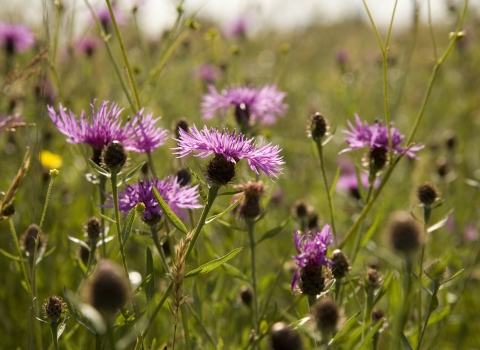We need nature more than ever, but despite this only a small fraction of wildlife habitats are legally protected nationally as Sites of Special Scientific Interest (SSSI).
In contrast, in Oxfordshire, designated Local Wildlife Sites cover most of our important habitats. These brilliant, wildlife-rich sites are vital for supporting our biodiversity. They provide safe havens for a wide range of key species, and have natural features such as embankments and hedgerows which form precious connecting corridors for wild plants and animals.
Whilst these sites get some protection from development in the planning system their value is poorly recognised and they sadly lack appropriate management controls that legally protected sites enjoy. The long-term survival and condition of Local Wildlife Sites depends upon the interest and goodwill of their owners and land managers.
In Oxfordshire, there are nearly 400 Local Wildlife Sites, many of which are privately owned. These are very varied including ancient woodland, wetlands, hay meadows, and ponds.



